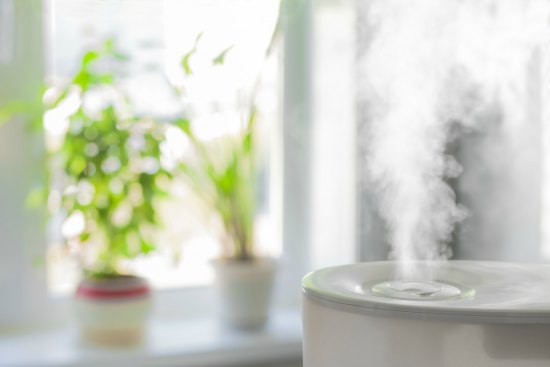With the coronavirus still circulating and people still getting sick, it’s important to know how to take action on your own to help beat it. There’s one big thing you can do to make any virus hate being in your house.
Let’s not waste your time! The one, inexpensive thing you can do is increase the humidity in your home. That’s it? According to science, yep! That’s all you have to do to send those nasty viruses packing for good!
Prepare Your Home, School, Workplace, and Community From a Rapid-Moving Pandemic
The one factor most associated with infection was dry air. It made more of an impact than cleanliness, hospital infrastructure and close contact with those who are sick.
Harvard Medical School graduate and lecturer, Stephanie Taylor, embarked on a quest to find out why people got a lot of infections in hospitals in spite of the high standards of cleanliness. She began to research the impact of the built environment on human health and infection rates. She and colleagues studied 370 patients in one unit of a hospital to try to isolate the factors associated with patient infections. They tested and retested 8 million data points controlling for every variable they could think of to explain the likelihood of infection. Was it hand hygiene, the fragility of the patients, or room cleaning procedures? Taylor thought it might have something to do with the number of visitors to the patient’s room. But all of those were only minor factors compared to the humidity.
“When we dry the air out, droplets and skin flakes carrying viruses and bacteria are launched into the air, traveling far and over long periods of time. The microbes that survive this launching tend to be the ones that cause healthcare-associated infections,” said Taylor. “Even worse, in addition to this increased exposure to infectious particles, the dry air also harms our natural immune barriers which protect us from infections.”
Scientists attribute the influence of dry air to a new understanding about the behavior of airborne particles, or “infectious aerosol transmissions.” They used to assume the microbes in desiccated droplets were dead, but advances in the past several years changed that thinking. “With new genetic analysis tools, we are finding out that most of the microbes are not dead at all. They are simply dormant while waiting for a source of rehydration,” Taylor explained. “Humans are an ideal source of hydration, since we are basically 60% water. When a tiny infectious particle lands on or in a patient, the pathogen rehydrates and begins the infectious cycle all over again.” [source]
Considering this information, we should all bump up the humidity in our homes to help stave off viral infections. There are several ways to do this and most aren’t too expensive.
- Boil water on the stove: We use a castiron kettle on our wood-burning stove during the winter to improve the humidity, but boiling water on your kitchen stove will work too!
- Use a humidifier: These will need to be cleaned out on a regular basis, but work really well and can be fit into almost any budget.
- Hang Clothes Up to Dry: Instead of just tossing your clothes in the dryer when they are clean, hang them up to dry in your house. I’ve found this to be extremely effective and works well especially with any items you don’t want in the dryer. I hang up all “delicates”, my daughter’s cheer uniform and practice clothes, as well as jeans. I also hang up bedsheets and towels on the racks to dry. Those racks are already there, so why not put them to good use? Not only will this help your clothes last longer you will also save money on your electric bill by not running the dryer and you will get a bit of humidity to help keep those viruses at bay!
Another trick you can try (I do NOT do this because I have kids, dogs, and cats) is to leave bowls of water around or fill a bathtub that is used rarely and let it sit. Again, I don’t even like mentioning it because it’s not safe for most people, but some may find this useful. The other three tips are easier and safer especially if you have children or grandchildren and pets. Dogs and cats can make incredible messes that rival that of children, plus there’s the added safety concern. If you choose to do this, please do this only at your own risk and use good judgment.
Scientists say that you want to shoot for a constant relative humidity of 40-60% in your house to make sure viruses don’t stand a chance! You can get a fairly inexpensive humidity gauge online to make sure your home’s relative humidity is optimum for killing viruses!
This article was originally published at Ready Nutrition™ on April 24th, 2020







